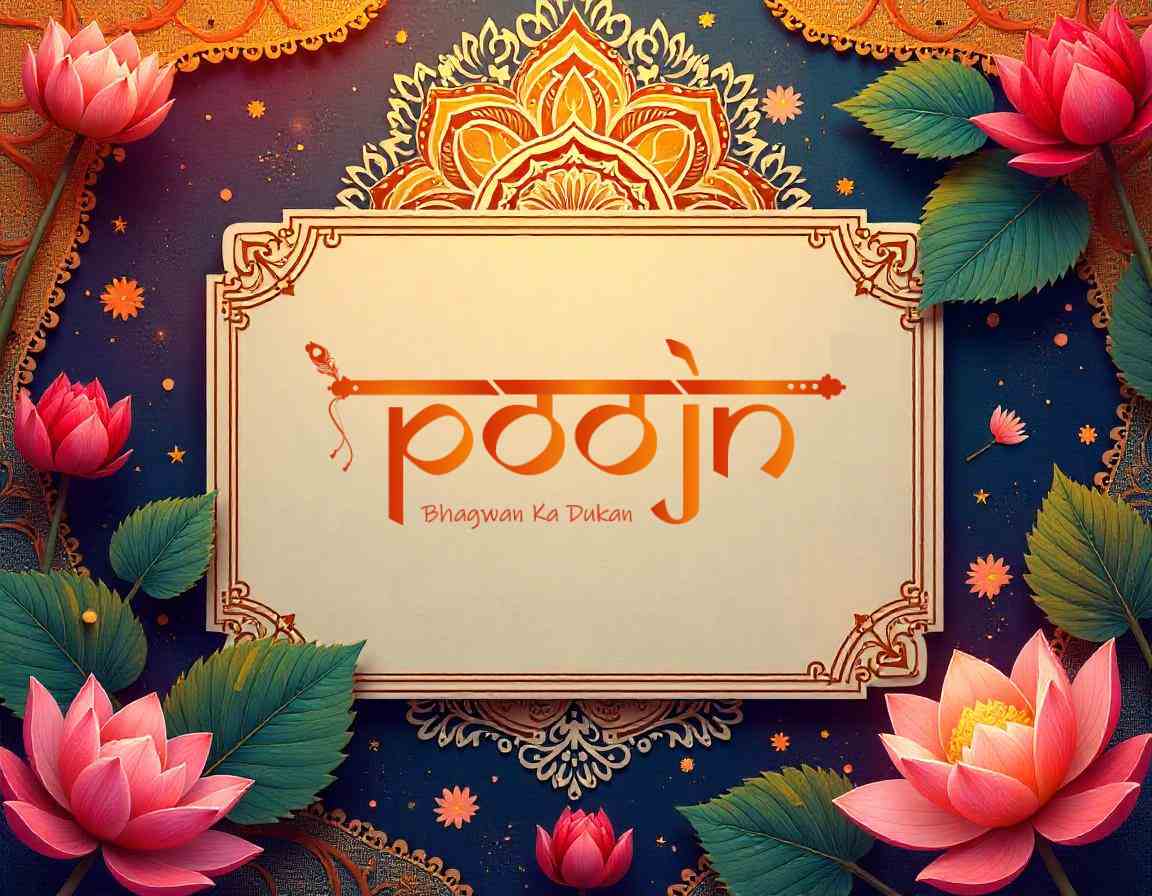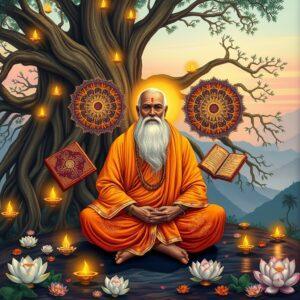
Banabhatta, a revered figure in 7th-century classical Sanskrit literature, is renowned for his mastery of prose-poetry (gadyakavya). Serving as the Asthana Kavi (court poet) of Emperor Harsha, he crafted eloquent verses and profound poetic compositions. This article delves into Banabhatta’s works, exploring their structure, themes, and historical context. We’ll uncover the significance of his verses and their lasting impact on Indian literature.
Banabhatta’s Life and Literary Contributions
Banabhatta, a prominent literary figure in ancient India, flourished during the 7th century. Growing up in a scholarly family, he received a comprehensive education in Sanskrit. His talent blossomed early, leading him to the court of Emperor Harsha, where he served as the Asthana Kavi. This close relationship with the emperor profoundly shaped his writing.
Major Works:
- Kadambari: A romantic novel renowned for its rich descriptions, intricate plot, and exploration of emotional depth. It showcases Banabhatta’s command of language and his ability to create immersive narratives.
- Harshacharita: A biographical work chronicling Emperor Harsha’s life and accomplishments. It stands as one of the earliest examples of historical biography in Sanskrit literature, blending historical facts with literary embellishments.
Banabhatta’s writing style distinguishes itself through elaborate metaphors, intricate descriptions, and a distinct metrical rhythm, setting him apart in classical Sanskrit literature.
Exploring Banabhatta’s Verses in Praise
Banabhatta’s verses in praise, particularly those dedicated to Emperor Harsha, are beautifully structured, showcasing rhythmic and metrical patterns characteristic of Sanskrit poetry. Common themes woven into his verses include devotion, loyalty, and admiration, reflecting the cultural values of his time.
His masterful use of vivid imagery and emotive language breathes life into his verses, engaging readers and evoking a sense of wonder. The musicality of his language enhances the impact of his praise, creating a truly immersive experience.
Key Features:
- Rhythmic and metrical patterns: Banabhatta skillfully employs traditional Sanskrit meters, creating a musicality that enhances the emotional impact of his verses. This rhythmic quality adds to the beauty and memorability of his poetry.
- Themes of devotion and loyalty: His verses often express deep devotion and unwavering loyalty, reflecting the important role these values played in the courtly life of 7th-century India. These themes resonate throughout his works, particularly in his praise of Emperor Harsha.
- Vivid imagery: Banabhatta’s use of vivid and evocative imagery creates a powerful sensory experience for the reader. He paints pictures with words, transporting his audience to the scenes he describes.
- Emotive language: His skilled use of emotive language evokes a wide range of feelings in the reader, from admiration and awe to love and devotion. This emotional depth is a hallmark of his poetic style.
These verses offer a window into the cultural and historical context of 7th-century India, highlighting their relevance to the period in which they were composed. They provide valuable insights into the courtly life, religious beliefs, and social values of the time.
Harshacharita: A Historical and Literary Masterpiece
Harshacharita, Banabhatta’s biographical work on Emperor Harsha, stands as a testament to his literary prowess. It’s considered one of the earliest examples of historical biography in Sanskrit literature, providing valuable insights into the life and reign of a significant Indian ruler.
Notable Aspects:
- Historical significance: Harshacharita offers a unique historical perspective on the reign of Emperor Harsha, detailing key events and personalities of the time. It’s an invaluable resource for historians studying this period.
- Narrative structure: Banabhatta masterfully employs a complex narrative structure, interweaving historical accounts with personal anecdotes and literary embellishments. This engaging style keeps the reader captivated.
- Blend of facts and embellishments: The text skillfully blends historical facts with literary embellishments, creating a rich and compelling narrative. While based on historical events, it also incorporates elements of fiction and poetic license.
Banabhatta bestows upon Harsha titles reflecting his admiration for the emperor, showcasing the close relationship between the poet and his patron. Key passages from Harshacharita exemplify Banabhatta’s profound praise for King Harsha, revealing the depth of his respect and loyalty.
Banabhatta’s Enduring Legacy in Indian Literature
Banabhatta’s literary contributions have left an enduring legacy on Indian literature. His influence is evident in the works of later Sanskrit poets and writers, who emulated his style and drew inspiration from his themes. His innovative use of prose-poetry paved the way for new forms of literary expression in Sanskrit.
His works, meticulously preserved and studied over the centuries, continue to be celebrated for their literary merit and historical significance. They provide a valuable window into the rich cultural and intellectual landscape of 7th-century India.
Poojn.in: Connecting You with India’s Rich Cultural Heritage
Poojn.in, India’s leading online store for cultural goods and services, offers a wide selection of products to enhance your understanding and appreciation of ancient Indian traditions. Whether you’re seeking spiritual inspiration, ritual items, or educational resources, Poojn.in provides a convenient and reliable platform to connect with India’s rich cultural heritage.
Explore our collection of:
- Bamboo stick Katha (Beter Katha): Hand-made bamboo stick containers, ideal for storing incense sticks and other ritual items.
- Poojn Brand Vintage Special Quality Dhoop/Dhuna/Jhuna/Loban: High-quality incense for creating a sacred atmosphere during prayers and ceremonies.
Visit Poojn.in today to discover a wide array of products that connect you with India’s spiritual and cultural traditions.
Conclusion
Banabhatta’s verses in praise stand as a testament to his remarkable literary skill and profound understanding of human emotions. His eloquent prose-poetry continues to inspire and influence Indian literature, shaping the literary landscape for generations to come. By studying his works, we gain a deeper appreciation for the richness and complexity of classical Sanskrit literature and the cultural heritage it embodies.


